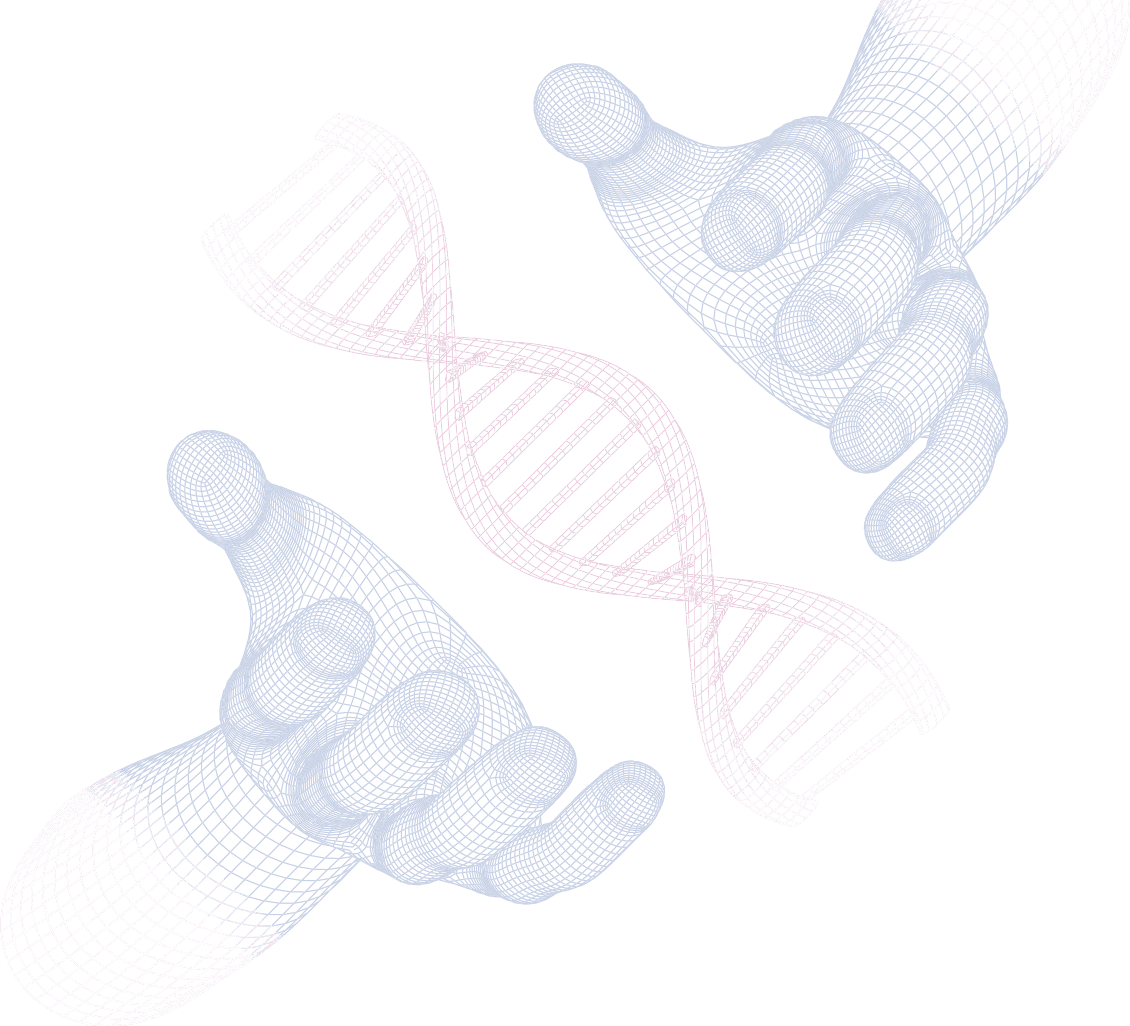
Noninvasive prenatal Screening / testing (NIPS / NIPT) is a simple blood test that analyzes cell-free DNA circulating in the maternal blood in order to detect Down's syndrome and other fetal chromosomal abnormalities.
NIPS / NIPT is more accurate than traditional screening tests for chromosome conditions such as ultrasound & older blood tests, and be opted in the 1st trimester itself, significantly reducing the need for invasive testing like amniocentesis or chorionic villus sample during early developmental stages where risk of miscarriage is high.
As such all pregnant women should opt for this screening test to rule out any chromosomal abno rmalities in the unborn child.
Like with any screening test, the results may need to be subsequently confirmed with a diagnostic invasive test in some cases.
Bringing you Noninvasive Prenatal Screening (NIPS / NIPT) to help you detect various chromosomal abnormalities.
At ProGenome, we are driven to go beyond the traditional screening tests for chromosome conditions, such as ultrasound and other outdated blood tests. NIPS / NIPT is more accurate and can be opted in the 1st trimester itself, significantly reducing the need for invasive testing like amniocentesis or chorionic villus sample during early developmental stages where risk of miscarriage is high.
Microdeletions testing can be offered along with NIPS test at ProGenome, to put forth more comprehensive assessment.
Reason why, we at ProGenome, encourage all pregnant women to opt for this revolutionary test to rule out any chromosomal abnormalities in the unborn child.

